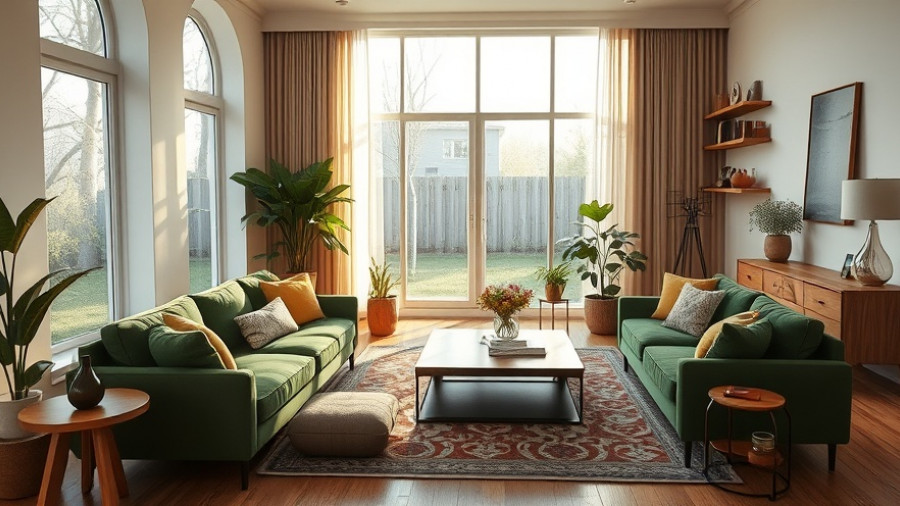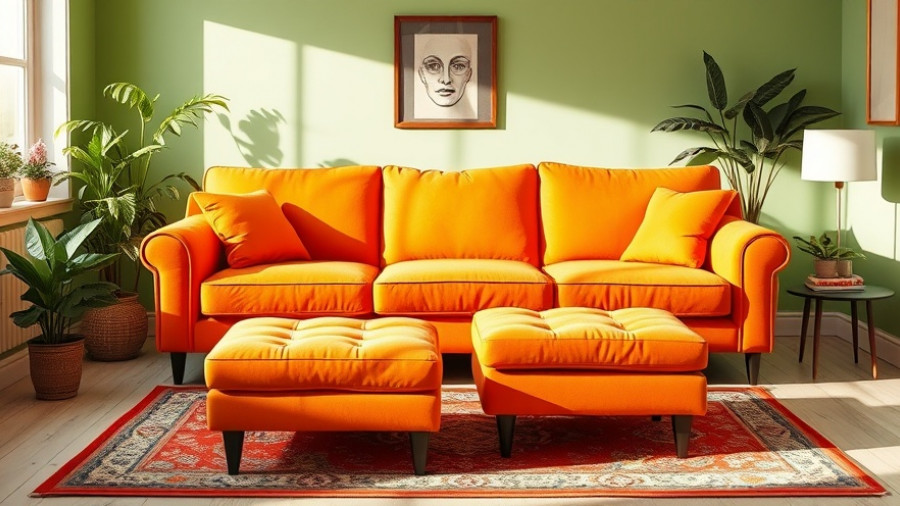
Creating a Soothing Sanctuary: The Importance of Inclusive Lighting
When you walk into a well-lit space, your mood can shift dramatically. But imagine if the light is too harsh, flickering, or just plain unwelcoming—welcome to the world of light sensitivity. For many individuals, particularly those who are neurodivergent, lighting is not only a design consideration but also a crucial factor that influences comfort and well-being. Understanding how to create an inclusive lighting scheme can turn an ordinary home into a sanctuary.
Understanding Light Sensitivity and Its Causes
Light sensitivity can impact anyone, but its effects are felt more acutely by individuals with conditions like autism, ADHD, and chronic migraines. According to Snoof Kattekop, a senior training associate at The Brain Charity, many neurodivergent individuals perceive certain types of light in ways that can be overwhelming or even distressing. This sensitivity may stem from a neurological condition or simply personal preference. A home designed with these considerations in mind can significantly ease everyday stress.
Transforming Spaces for Comfort
Consider this: harsh fluorescent lighting can make a person feel trapped in a constantly flickering world. This realization pushes us to rethink our lighting choices. Implementing softer, ambient lighting alongside task lighting can help create a more balanced and comfortable environment. Imagine replacing overhead fluorescents with warm, dimmable LED lights; the difference is substantial, fostering not just comfort but also productivity.
Lighting Control: A Crucial Element
A pivotal aspect of designing inclusive lighting is control. Adjustable systems allow users to tailor their environment according to their specific needs, making it essential for neurodivergent people. This customization includes options for brightness, color temperature, and even the ability to switch off certain lights in shared spaces. It is a game changer, providing control over sensory input that allows an individual to find comfort in their own home.
Examining Common Lighting Technologies
When discussing inclusive lighting schemes, innovation plays a significant role. For example, smart lighting systems that adjust based on natural light can significantly enhance indoor experiences. By integrating circadian lighting—which changes throughout the day to mimic the natural progression of sunlight—homeowners can promote emotional stability while enhancing their overall well-being.
The Role of Color Temperature
Another important aspect to consider is color temperature. Warm lights (2700K to 3000K) tend to create a calming atmosphere, while cooler tones (3500K to 4000K) can be more suitable for work settings. Knowing how these variables affect mood and perception is invaluable for any homeowner looking to create an inclusive atmosphere. For instance, using warmer hues in relaxing areas like bedrooms and cooler tones in workspaces can lead to a better emotional and mental state for everyone.
Benefits Beyond Neurodiversity
While designing an inclusive lighting scheme is vital for those with neurodivergent conditions, it is equally beneficial for everyone. By adopting principles such as minimizing glare and shadows, you create a more visually appealing and less distracting environment. Such considerations not only relieve anxiety for sensitive individuals but enhance the overall aesthetic for all inhabitants.
Conclusion: A Bright Future for Inclusive Design
The future of home design must prioritize inclusivity, particularly when it comes to lighting. By thinking ahead and incorporating flexible, functional designs that cater to individual needs, we can create spaces that promote well-being for all occupants. Whether you live in a bustling urban center like California or a tranquil suburban area, your home can reflect the warmth and inclusivity that fosters a sense of sanctuary.
If you’re ready to transform your home and create a soothing sanctuary, explore adjustable lighting solutions that reflect a shared commitment to well-being through inclusive design!
 Add Row
Add Row  Add
Add 




Write A Comment